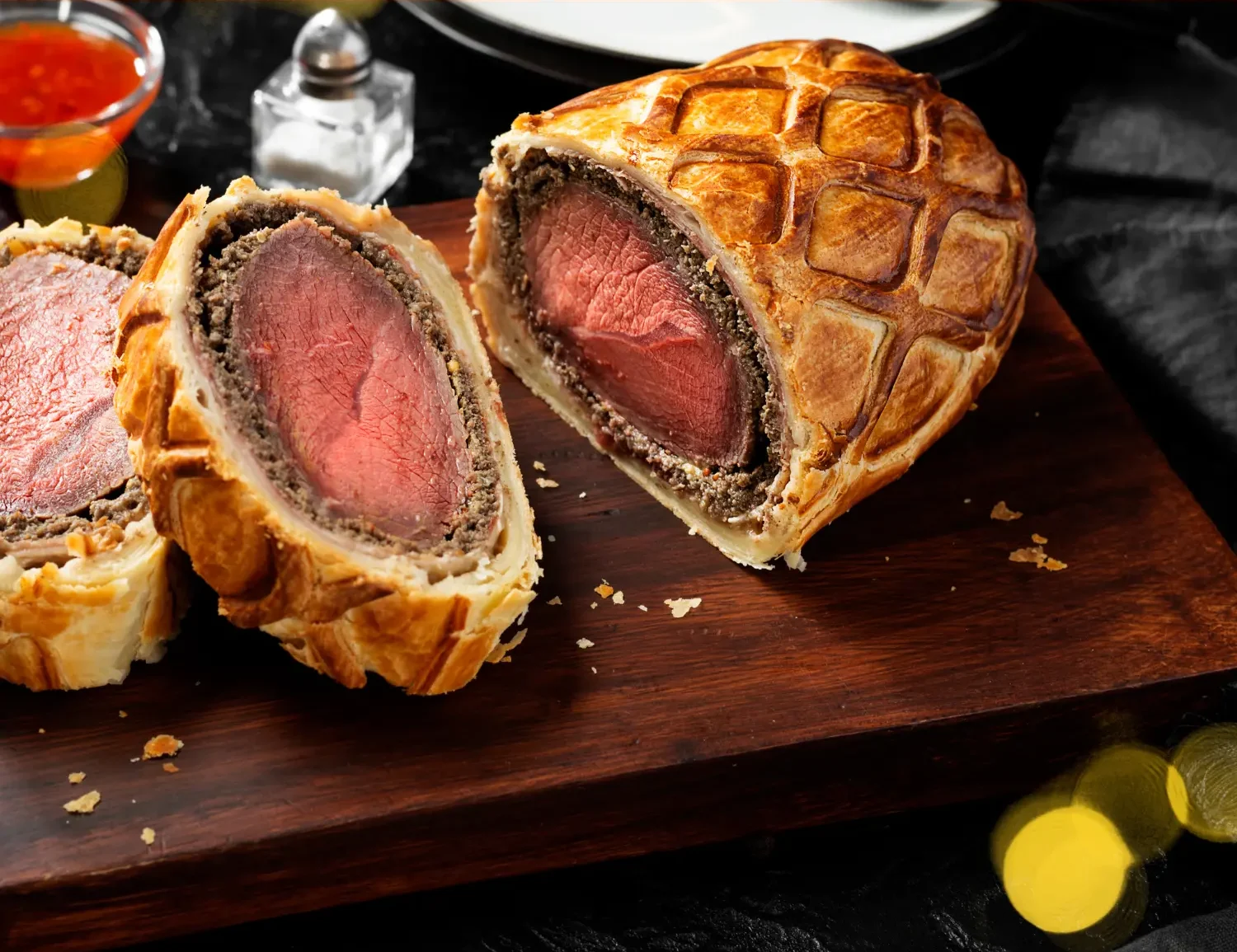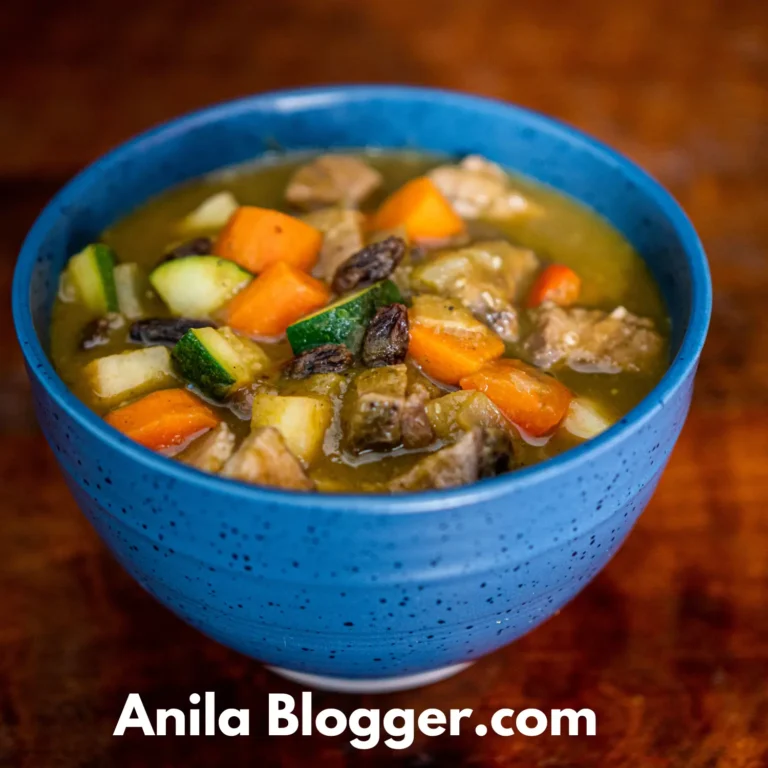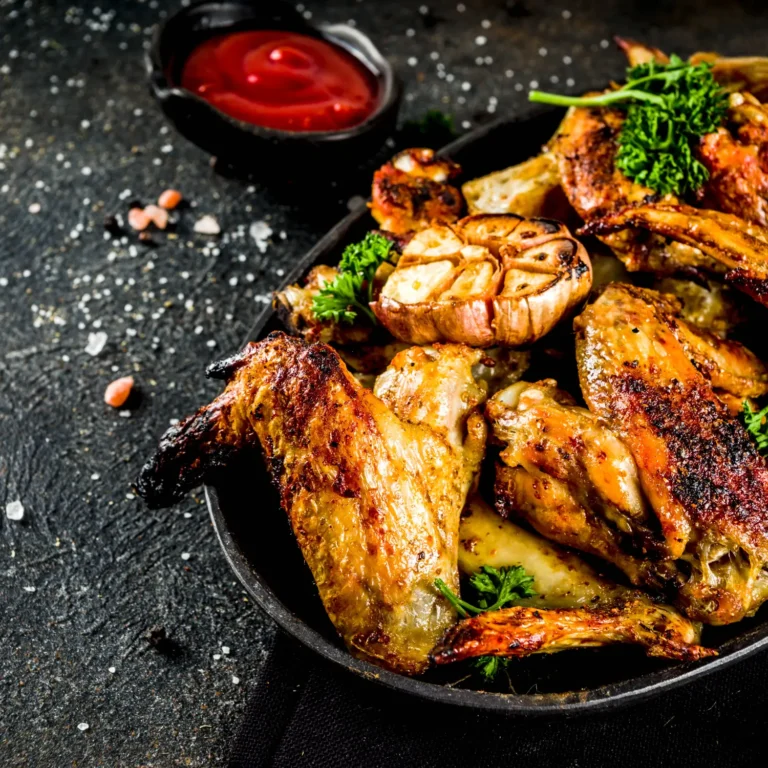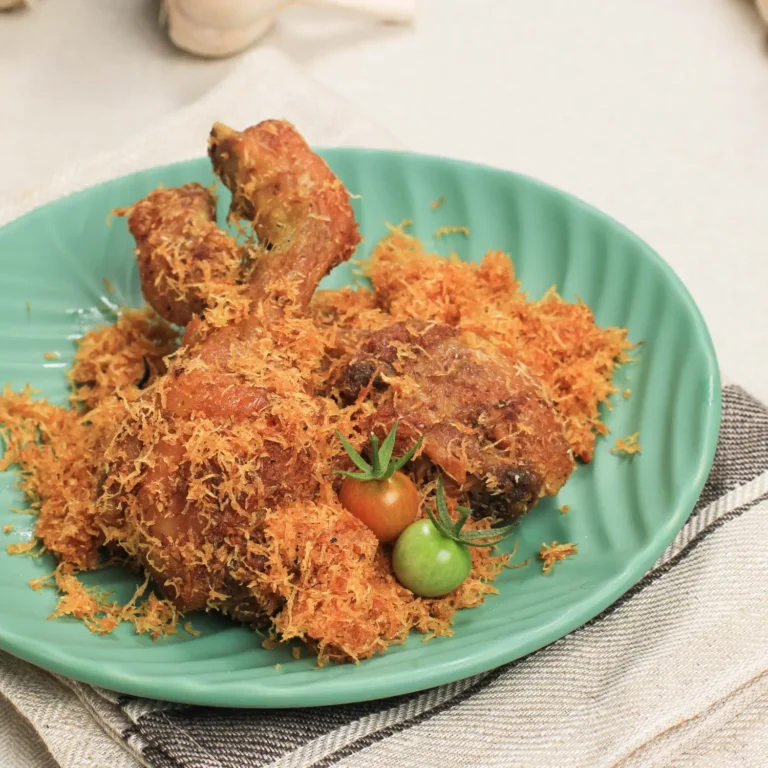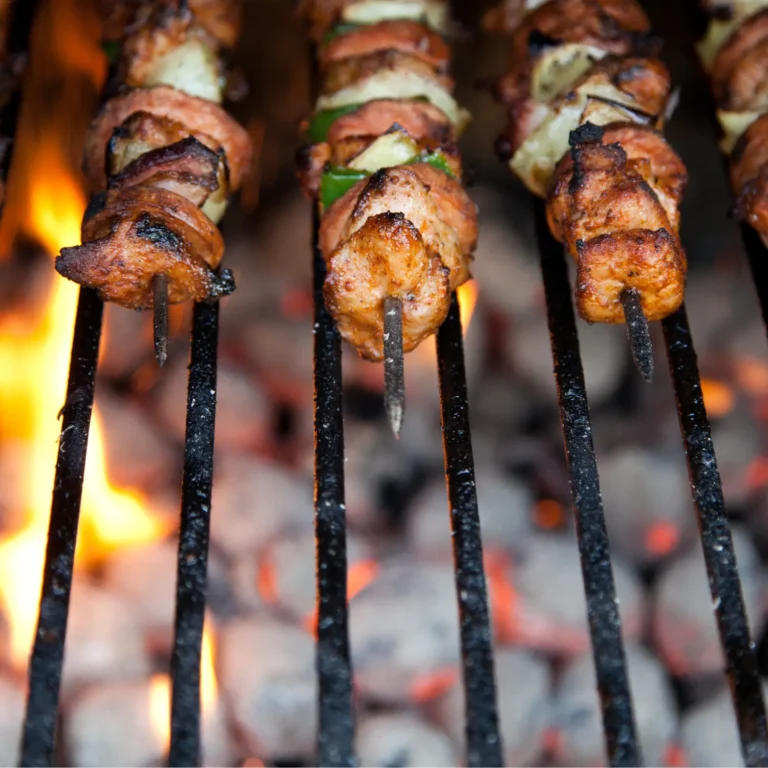From Classic to Contemporary: Diverse Dinner Menus
The evolution of dinner menus reflects the dynamic nature of the culinary arts, blending tradition with innovation. Over the years, chefs have transformed classic dishes into contemporary masterpieces, offering diverse options to cater to the evolving tastes of diners. This journey from classic to contemporary has not only expanded the culinary landscape but has also become a reflection of cultural shifts and globalization.
Table of Contents
Classic Foundations: Timeless Delights
Classic dinner menus are rooted in culinary traditions that have stood the test of time. These menus often feature iconic dishes that have become synonymous with fine dining. From coq au vin to beef Wellington, these classics have a rich history and are cherished for their time-honored flavors and techniques. Classic menus are a nod to culinary heritage, providing a sense of nostalgia for those who appreciate the authenticity of traditional recipes.
Modern Twists on Tradition: Fusion Cuisine
As culinary boundaries blur, chefs are increasingly exploring fusion cuisine, combining elements from different culinary traditions to create innovative and exciting dishes. This fusion of flavors and techniques has given rise to a new wave of contemporary dinner menus. Dishes like sushi burritos and kimchi tacos showcase the fusion of Asian and Latin American influences, offering diners a unique and eclectic dining experience.
Farm-to-Table Movement: Fresh and Local Ingredients
Contemporary dinner menus often emphasize the use of fresh, locally sourced ingredients—a departure from the preserved and imported ingredients of classic cuisine. The farm-to-table movement has gained momentum, with chefs prioritizing seasonal produce and supporting local farmers. This emphasis on freshness not only enhances the quality of the dishes but also aligns with the growing demand for sustainable and eco-friendly dining practices.
Innovations in Molecular Gastronomy: Science Meets Culinary Arts
The contemporary dinner menu has been revolutionized by the advent of molecular gastronomy, a scientific approach to cooking that explores the physical and chemical transformations of ingredients. Techniques such as foaming, specification, and sous-vide cooking have become integral to the repertoire of modern chefs. These innovations not only create visually stunning dishes but also elevate the dining experience to a multisensory adventure.
Global Influences: Culinary Diversity on the Plate
The globalization of culinary influences has significantly impacted contemporary dinner menus. Chefs draw inspiration from a myriad of cultures, creating dishes that reflect a melting pot of flavors. Whether it’s the infusion of Middle Eastern spices in a Western dish or the incorporation of South American ingredients in an Asian-inspired creation, contemporary menus celebrate diversity, offering a world of culinary exploration on a single plate.
Conclusion:
In the ever-evolving world of gastronomy, the journey from classic to contemporary dinner menus is a celebration of innovation, creativity, and diversity. Classic dishes stand as pillars of culinary tradition, while contemporary menus push the boundaries of taste and presentation. Whether diners seek the comfort of familiar flavors or crave the excitement of new culinary adventures, the diverse range of dinner menus ensures a feast for the senses, catering to the varied palates of today’s discerning food enthusiasts.
FAQs
What is the key difference between a classic and contemporary dinner menu?
Classic dinner menus often feature traditional dishes with timeless appeal, while contemporary menus incorporate innovative flavors and modern cooking techniques, offering a more diverse and eclectic culinary experience.
How can a chef balance tradition and innovation in a diverse dinner menu?
Achieving a balance involves incorporating classic favorites with a modern twist, experimenting with unique flavor combinations, and staying attuned to current food trends while respecting the essence of traditional dishes.
Why is it important to offer diverse dinner menus in the culinary world?
Diverse menus cater to a broad range of tastes, dietary preferences, and cultural influences, enhancing the dining experience for a wider audience and reflecting the dynamic nature of contemporary culinary expression.
Save this pin!

